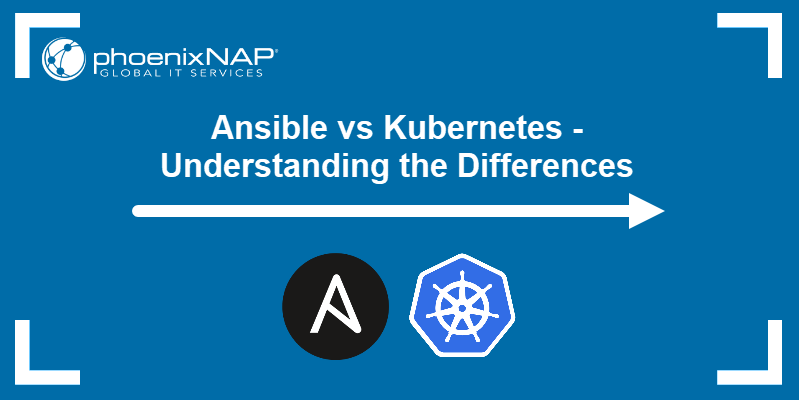Jenkins is an open-source automation server developers can use to automate building, testing, and deploying applications. It is available on a variety of systems, including Windows, Linux, Unix, and macOS.
In this tutorial, we take you through the step-by-step process of installing, unblocking, and customizing Jenkins on Windows 10.

Prerequisites
- A system running Windows 10
- The latest copy of Java Development Kit or Java Runtime Environment installed
- Access to an account with administrator privileges
Note: Check out our in-depth Jenkins tutorial perfect for users who are just starting.
Install Jenkins on Windows
1. Browse to the official Jenkins download page. Under the Downloading Jenkins section is a list of installers for the long-term support (LTS) version of Jenkins. Click the Windows link to begin the download.

2. Once the download is complete, run the jenkins.msi installation file.
3. The setup wizard starts. Click Next to proceed.

4. Select the install destination folder and click Next to continue.

5. Under the Run service as a local or domain user option, enter the domain username and password for the user account you want to run Jenkins with. Click Test Credentials to verify the login data, then click Next to proceed.

Using the Run service as LocalSystem option doesn’t require you to enter user login data. Instead, it grants Jenkins full access to your system and services. Note that this is a less secure option and is thus not recommended.
Note: When selecting the Run service as local or domain user, the user in question must have the required permission to log on as a service. If this is not the case, an error message stating the account cannot be verified appears. In the event of this error, perform the following steps to resolve the issue:
1. Make sure you are logged in as a user with administrative privileges.
2. In the Administrative Tools, open Local Security Policy.
3. In the Local Security Policy window, expand Local Policy in the left-hand panel and select User Rights Assignment.
4. In the right-hand side panel, right-click Log on as service and select Properties.
5. Click the Add User or Group… button.
6. Use the Select Users or Groups dialogue to add the current user and click OK.
7. Save changes by clicking the OK button in the Properties window.
6. Enter the port number you want Jenkins to run on. Click Test Port to check if the selected port is available, then click Next to continue.

7. Select the directory where Java is installed on your system and click Next to proceed.

8. Select the features you want to install with Jenkins and click Next to continue.

9. Click Install to start the installation process.

10. Once the installation is complete, click Finish to exit the install wizard.

Unblock Jenkins
After completing the installation process, you have to unblock Jenkins before you can customize and start using it.
1. In your web browser, navigate to the port number you selected during the installation using the following address:
http://localhost:[port number]2. Navigate to the location on your system specified by the Unblock Jenkins page.

Note: The Unblock Jenkins page may point to a hidden directory. In case you cannot find the directory, make sure you enable viewing hidden items.
3. Open the initialAdminPassword file using a text editor such as Notepad.
4. Copy the password from the initialAdminPassword file.

5. Paste the password in the Administrator password field on the Unblock Jenkins page and click Continue to proceed.

Note: Learn how to change port for Jenkins.
Customize Jenkins
Once you unlock Jenkins, customize and prepare the Jenkins environment.
1. Click the Install suggested plugins button to have Jenkins automatically install the most frequently used plugins.

Note: If you are an advanced user, clicking the Select plugins to install button allows you to choose which plugins to install.
2. After Jenkins finishes installing the plugins, enter the required information on the Create First Admin User page. Click Save and Continue to proceed.

3. On the Instance Configuration page, confirm the port number you want Jenkins to use and click Save and Finish to finish the initial customization.

4. Click the Start using Jenkins button to move to the Jenkins dashboard.

5. Using the Jenkins dashboard, click Create a job to build your first Jenkins software project.

Note: Learn how to restart Jenkins manually while troubleshooting issues or installing plugins.
Conclusion
After reading this tutorial, you should have a functional Jenkins environment installed on your Windows system.
If you are interested in using Jenkins on a Linux system, have a look at our guides on installing Jenkins on Debian, installing Jenkins on CentOS, or installing Jenkins on Ubuntu.


